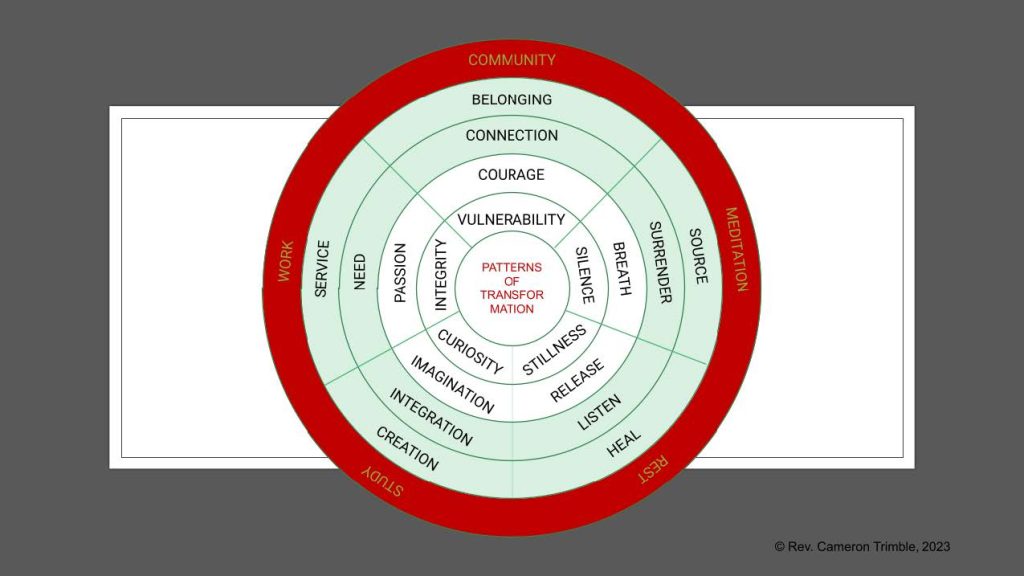Author and poet Maya Angelou, in a 2011 interview on the occasion of her being awarded the Presidential Medal of Freedom, said, “I’m always amazed when people walk up to me and say, ‘I’m a Christian,’” she paused reflectively. “I think, ‘Already? You already got it?’ I’m working at it, which means that I try to be as kind and fair and generous and respectful and courteous to every human being.”
I think about Dr. Angelou’s reflection a great deal as I, too, am trying to become a Christian. Some days are better than others. Aging helps, as it has rounded some of the rough edges of my arrogance and calmed the relentless anxiety of chasing success. These days I reflect more than act. That’s a big shift, obvious only to those of you who have known me over the years.
I’ve often wondered what role being a part of a congregation has played in my “becoming a Christian.” Some congregations have been more nurturing spaces than others. My friend and colleague, Brian McLaren, talks about congregations as “schools of love,“ places where we connect honestly with one another. In that vulnerability, we learn something of Sacred Love. We become more loving, more compassionate, more at ease in our own skin, more integrated because we are part of these “schools of love.“ After all, he says, where else can we go to learn of love?
Everything shifts when I think of congregational life this way. It grants asking different questions about what we’re up to together. Are attendance numbers really the right metrics? Is having a building important? Is it necessary to count small groups and baptisms? The bureaucrat in me wants to say yes because numbers make us feel smart. The mystic in me simply chuckles.
As I work with congregations as a consultant helping them to determine their next best steps and vision for their future, I am increasingly more focused on the quality of spiritual awareness among them and the practices they’ve developed individually and collectively to deepen them.
The pandemic was a time of deep transformation for many of us. Without endless travel cluttering my calendar, I found myself structuring my days as a monastic might – meditation, study, work, play, rest. I spent many hours of a day sitting quietly outdoors, reconnecting with the simplicity and magnificence of a grounded (literally) life. This gentle solitude and playful wandering tuned me more intimately to a way of being more integrated and balanced than I had known before.
I began to sense certain energies and patterns emerging which I’ve tried to outline in the figure below. The two rings closest to the center of the circle represent an internal posture or way of being. The outer rings represent a way of acting or way of doing. All of them are connected, active more or less at different times.

This framework helped me sense when I was becoming out of balance or suggested ways I could deepen an experience for myself by turning my conscious attention to it.
I wonder if this is also a helpful tool for our congregations. What if the rhythm of a Christian life in a school of love was patterned by the exploration of curiosity, integrity, stillness, passion, courage, silence and release? What if what we are up to together is practicing becoming more fully alive? What if that’s what makes us look, act, talk and walk like Jesus?
Well, the more I learn, the less I know of such matters. I offer this wondering to you for your own reflection. But if your congregation is wondering about its future and being a School of Love seems appealing, I hope you will reach out.
